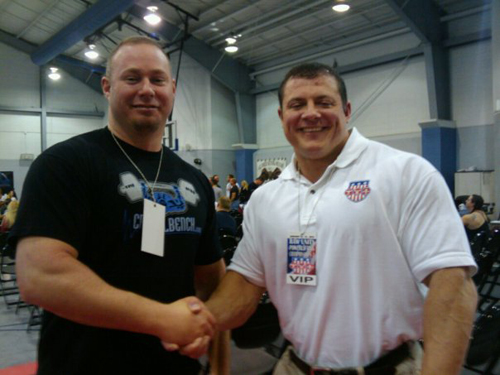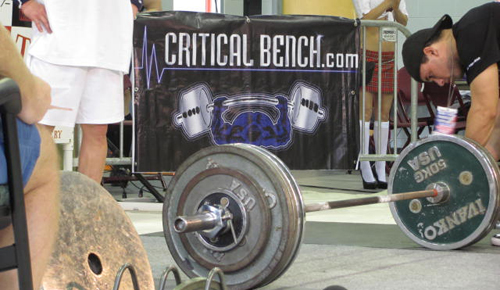Variety is the spice of life–it’s also what gets our muscles growing again when we hit a plateau. Muscle growth is a reaction of the stress of weightlifting. Muscles grow during the recovery phase in an effort to be “prepared” the next time you lift a heavy weight. The problem is that when our muscles get accustomed to our training routines, our gains first slow to a trickle, then stop entirely.
![rest-pause-training Mike Westerdal and Matt Kroc]()
Mike Westerdal and Matt Kroc
That’s why you want to mix up your routine every once in a while–to keep the muscles guessing by introducing something new that will cause a growth reaction. So that brings us to
Rest-Pause Training, a great–but brutal–way to really push your muscles to failure and break through the occasional wall.
In everyday bodybuilding workouts you do a movement for 8-12 reps, then rest for about a minute before moving on to the next set. Using this strategy, the amount of weight you’re lifting each time is less than what you’re really capable of lifting, which enables you to do multiple reps. The rest period between sets gives your muscles time to recharge before you start lifting again.
The time spent resting also gives your muscles a chance to flush out the lactic acid. Lactic acid builds up when the muscles are really stressed, causing the burning sensation deep inside muscle tissue. Depending on the weight, speed and number of reps you’re doing, eventually you’ll get to a point of failure where your muscles can’t perform the movement any more.
The point of Rest-Pause Training is to hyper stimulate the muscles to failure, giving them just enough time to “catch their breath” again before you hit them again. Rest-Pause Training takes advantage of the body’s ability to recover quickly from a stressful situation. The body is able to quickly regain some of its strength by flooding the muscle fibers with a substance known as phosphocreatine. This compound provides the energy source the muscle needs to quickly flush out the lactic acid and get back to work. Rest-Pause Training takes advantage of this process and uses it to help you push through the wall and hit the gains you want.
So here’s how it works. I want to warn you though that this routine can be brutal.
The object is to push your muscles to absolute failure and then with as little rest as possible, push them to the limit again. When you do Rest-Pause Training, always be sure to have someone spot you. Start with a weight that is about 90% your one-rep max–the highest amount of weight you can lift for a single rep.
Perform a single rep, rack the weight, rest for 10-15 seconds and then do another rep. Keep doing this until your muscles fail entirely and you can’t do another rep and your muscles feel like spaghetti–that’s why you always want to be sure to have someone spot you when doing this.
If you’re a beginner or just don’t feel that you’re quite up to a full Rest-Pause Training jump just yet, you can do a modified version to build yourself up for the real thing. In this version you won’t use your one-rep max but just a heavier weight than normal–maybe about 75%-80% of your max.
![rest-pause-training2 rest-pause-training2]()
As you perform the movement, rest about one to three seconds between each rep. Keep doing this until your muscles hit failure. This is your first set. Then, rack the weight, rest 10-15 seconds and start over again. When you’ve hit the point where you can’t even do a single rep, you’re finished. As you get more comfortable doing this, increase the weight until you feel you’re ready to make the leap into full Rest-Pause-Training.
Another variation is to start with your one-rep max but rest 15-30 seconds between each rep, shortening the rest time as you progress until you get to the 10-15 second mark.
Because this is so intense and you are working with weights that are much heavier than what you normally lift, be sure that you are sufficiently warmed up before diving in. The purpose of Rest-Pause training is to push yourself to the breaking point. If you’re not properly warmed up and prepared, you could really injure yourself. A good way to make sure you are ready is to make your last set a Rest-Pause set. Besides, after doing Rest-Pause your muscles aren’t going to be in any shape to be doing much more serious lifting so it’s best to use that to your advantage.
You can train any body part using Rest-Pause Training and can do it with just about any movement that you perform. It’s great for arms, legs, back, chest or any area where you feel like you’ve hit a wall or a plateau. But because it’s so intense, don’t use it more than once a week on each muscle group, or for longer than eight weeks. Otherwise, you risk over-training and you don’t want that.
This is just one of several techniques you can use that are outlined in the new Critical Bench Program 2.0 that is set to be released this fall.
The post
Rest-Pause Training first appeared on
Critical Bench.

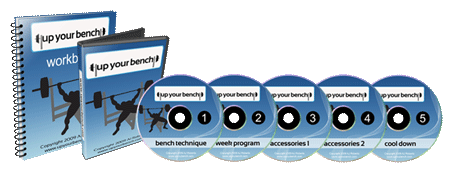
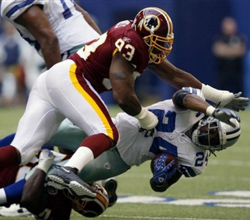 Friday night is a big night for me, there’s a lot on the line. Actually I’m not leaving the house but I made a bet with my wife. She’s a huge Patriots fan and I’m a hardcore Redskins fan. It’s just preseason but our teams face each other this Friday.
Friday night is a big night for me, there’s a lot on the line. Actually I’m not leaving the house but I made a bet with my wife. She’s a huge Patriots fan and I’m a hardcore Redskins fan. It’s just preseason but our teams face each other this Friday.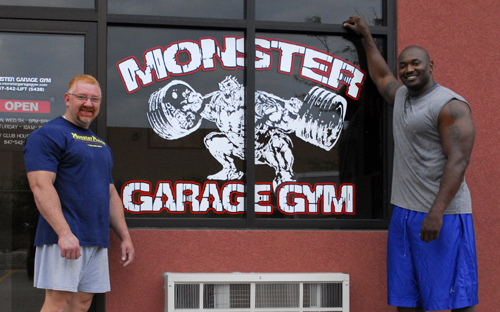
 I first learned about Accumulation and Intensification (or Adaptation) many years ago from the great Olympic sprint coach, Charlie Francis, and have long since adapted and applied it to the training of normal guys looking to get bigger and stronger.
I first learned about Accumulation and Intensification (or Adaptation) many years ago from the great Olympic sprint coach, Charlie Francis, and have long since adapted and applied it to the training of normal guys looking to get bigger and stronger.